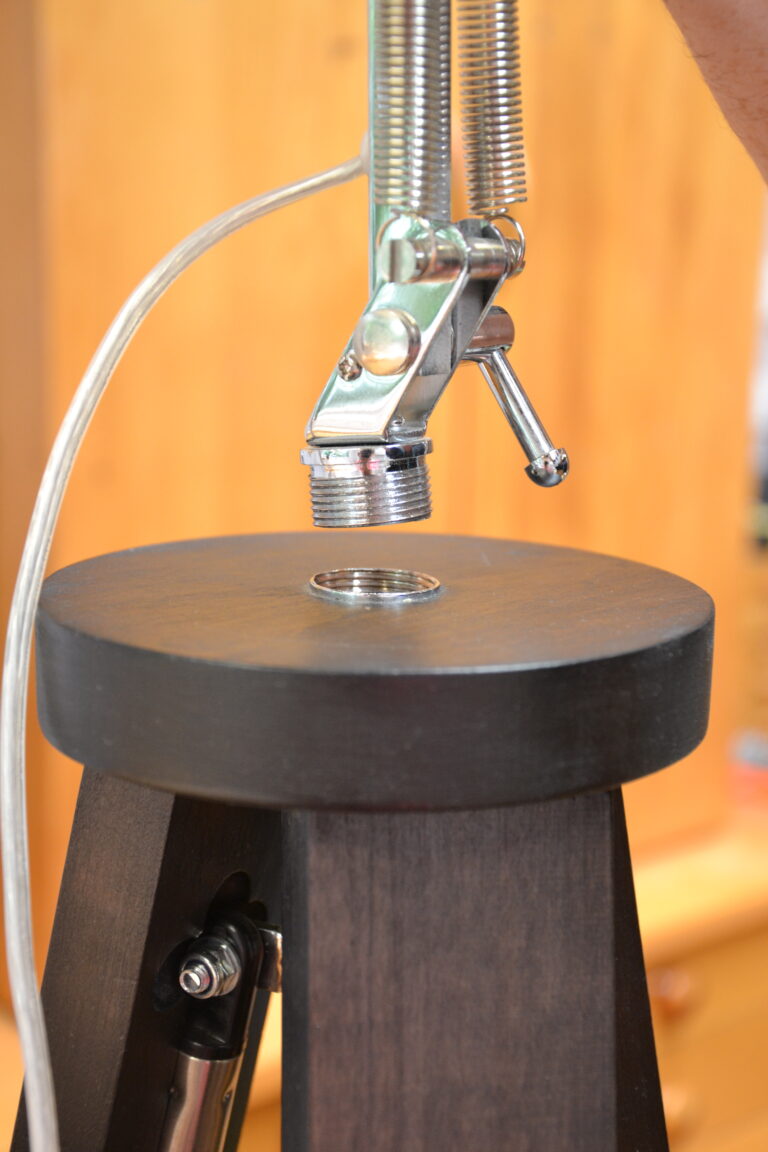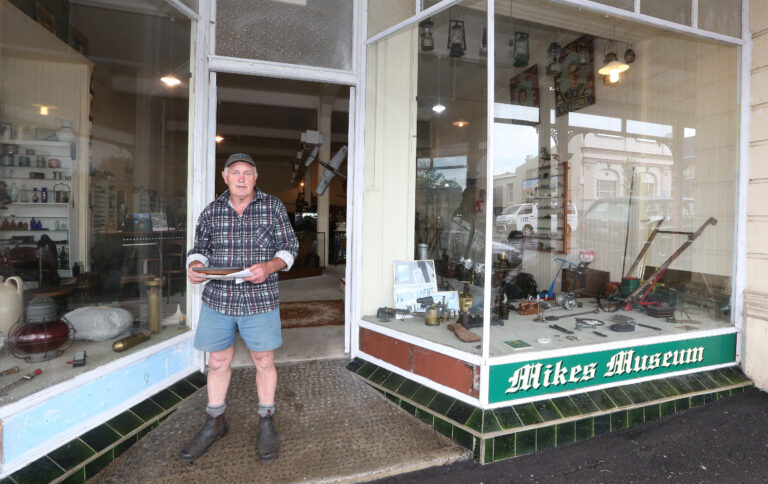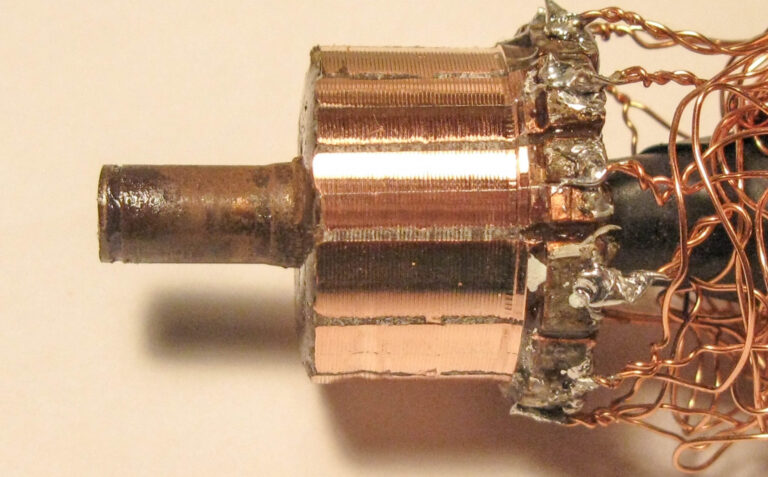Earl’s Wood Hardener penetrates into soft and rotted wood fibres, restoring them to near original strength. It makes repairs possible to even the most fragile wood, ready for full restoration. Forget digging out rot. Earl’s Wood Hardener will penetrate wood fibres, and once dry, you can patch and paint, if necessary. It’s suitable for both interior and exterior jobs and is ready to use straight from the tub or bottle. There’s no waste and no volatiles to avoid. Available in 250ml, 1L and 4L sizes from hardware and paint retailers nationwide. Visit hobeca.co.nz for more information.

Industrial style at home
My daughter was looking for a large lamp for her husband’s birthday and struggled to find something with the modern industrial-type of look that she had in mind. She asked me if I could make something around her thinking. She particularly wanted a large tripod base with an adjustable lamp on the top.
We searched around for a suitable lamp for the top and found an adjustable lamp on a spindle base at Lighting Direct on sale for $89.95. We would have preferred a matt black finish but we felt the chrome model would work very well.


